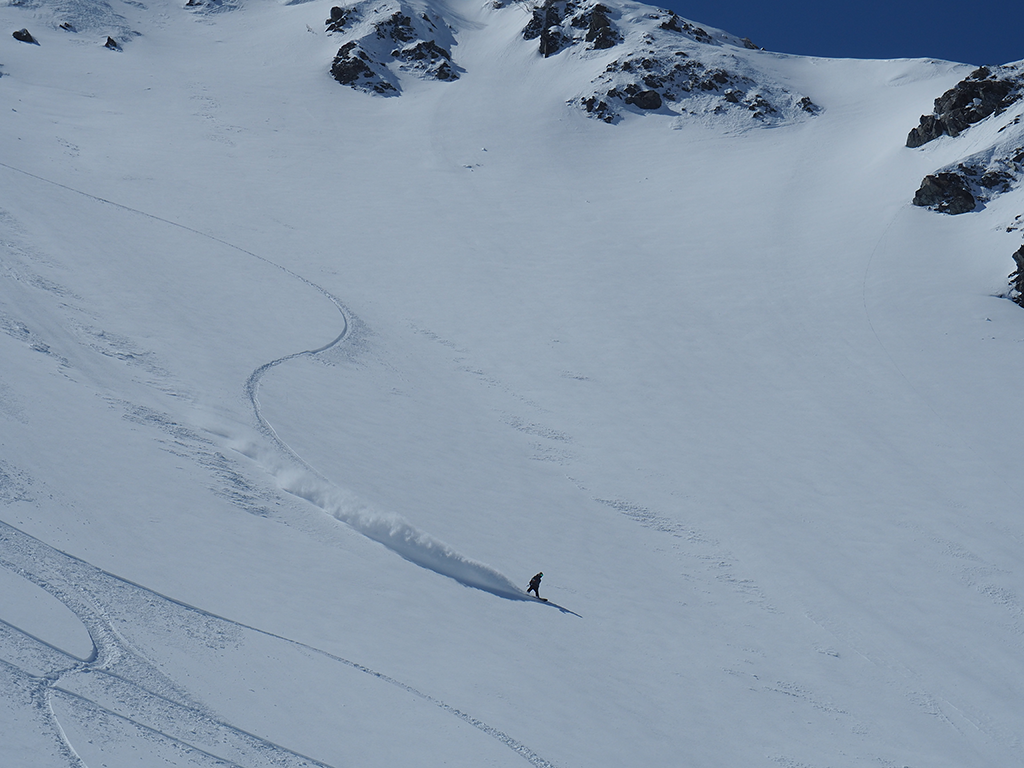Rider: Yu Takeo
In the untouched nature of the snowy mountains, you never know when and where the risks are lurking. Unlike ski resorts, ski resorts are not managed by humans for safety, so backcountry skiers must anticipate and avoid danger on their own, and if they find themselves in a dangerous situation, they will need to deal with it themselves. A professional guide taught me the basics of backcountry dangers and how to avoid them.
Backcountry risks you should know
What are the possible dangers (risks) when skiing in the backcountry? Broadly speaking, it can be divided into (1) dangers due to weather, (2) dangers due to geographical conditions, (3) injuries and illnesses, and (4) trouble with tools.
1.weather
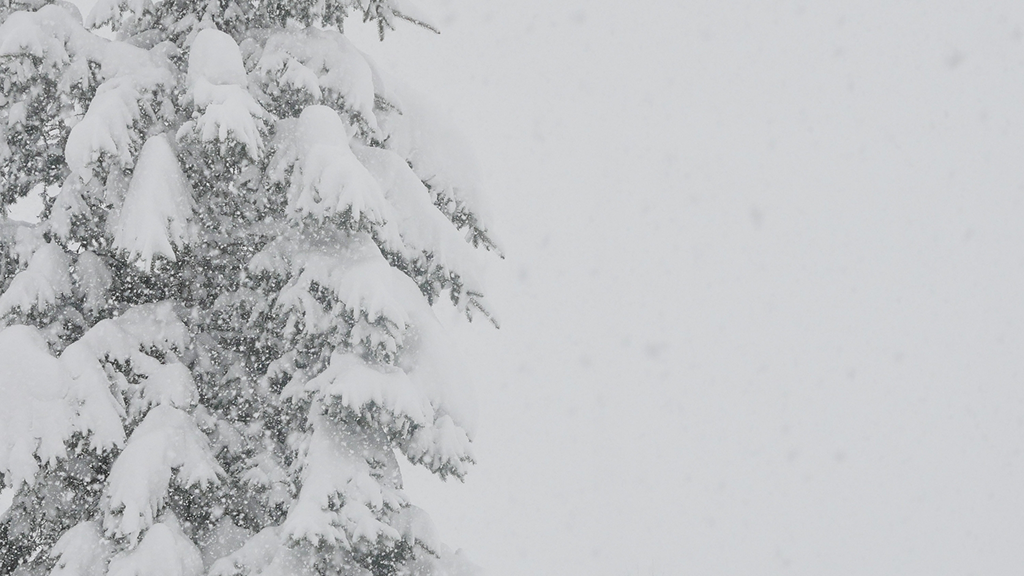
white out
The weather can change suddenly in the mountains, and the surroundings can suddenly become white with thick fog and snowstorms, blocking visibility and causing whiteouts. Since the direction, slope, and unevenness of the ground/snow surface cannot be discerned, there are many cases of getting lost, and if the situation is bad, it will lead to distress. When it comes to whiteout, the sense of position is dulled and the direction is lost, and when the feet are completely white, the sense of balance is lost and you may get drunk.
If you feel like a whiteout is about to happen, it's important to keep an eye on the map and keep track of where you are. If you find yourself in a situation where you are unsure of where you are, the safest thing to do is to stay still and wait until visibility clears. Also, although it is assumed that you can read a map, it is not difficult to turn back if you have GPS (smartphone app is also possible). In that sense, having knowledge of map reading and carrying a GPS will help you avoid risks.
blizzard/strong wind
Poor visibility is a problem, but hypothermia is the biggest risk. The wind is steadily lowering the sensible temperature, making it feel much colder than the forecast temperature. When it gets cold and the core body temperature drops below 35 degrees Celsius, it begins to interfere with the maintenance of normal body functions, and if hypothermia becomes severe, it may freeze to death.
In preparation for blizzards and strong winds, it is necessary to take measures against the cold with layering suitable for snowy mountains. As a behavioral countermeasure, if there is a forecast of bad weather, lowering the altitude and choosing an area where the wind is less affected, such as a forest zone, will reduce the risk.
rain
The fluctuating mountain weather can sometimes bring rain, especially during the spring season. The biggest risk of rain is that the body temperature is stolen by the coldness and it becomes hypothermia. The drop in body temperature due to getting wet is remarkable. An outer shell with a solid waterproof function is essential. If there is rain forecast, take the option of not going to the mountains.
In the snow and rain, the outside of the clothes gets wet and the body temperature drops, but in the backcountry, the inside of the clothes often gets wet due to perspiration from hiking. If you wear an inner layer with low moisture permeability, the wind can cool your sweat and cause hypothermia. Layering is important to avoid the risk of hypothermia.
2.geographical conditions
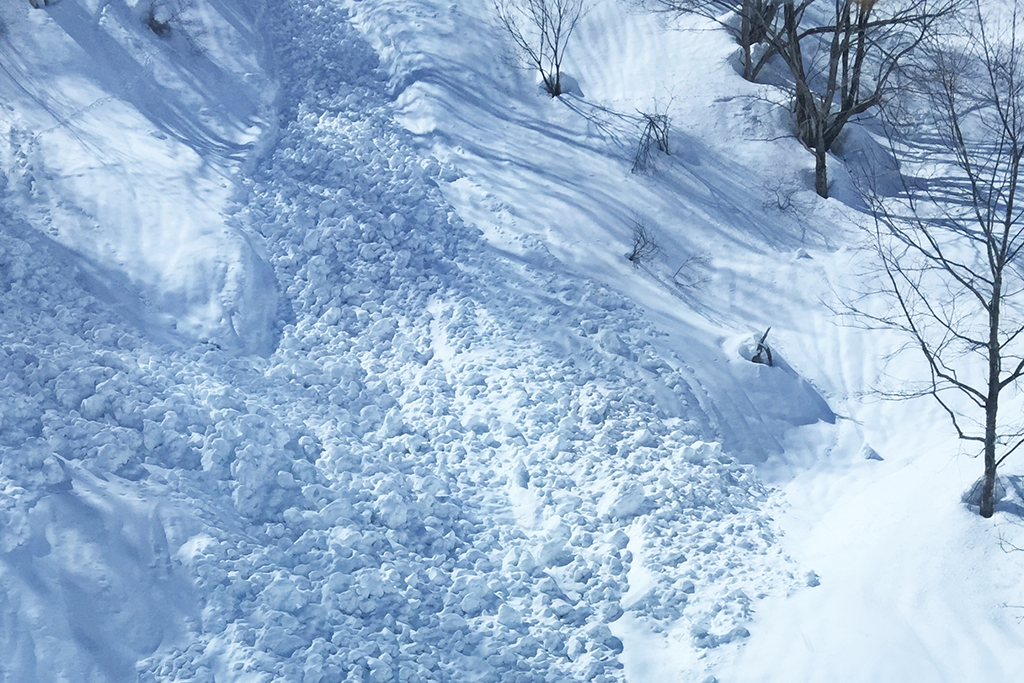
avalanche
Attention to avalanches is the most important thing in the backcountry. This is because if you encounter an avalanche, there is a high chance that you will suffocate, or you will be swept away by the avalanche and collide with trees or rocks, resulting in death.
Also, there is a possibility that the avalanche that you generate will cause damage to people. Many avalanche accidents are caused by human error in judgment. The main causes are that they easily enter the slope even though the snow is unstable, they slide down even though there are people below and trigger an avalanche, and they enter the avalanche terrain when hiking up. . But no one can tell with 100% certainty whether an avalanche will occur or not. It is difficult to assess the changes in the snow and the conditions of the slopes.
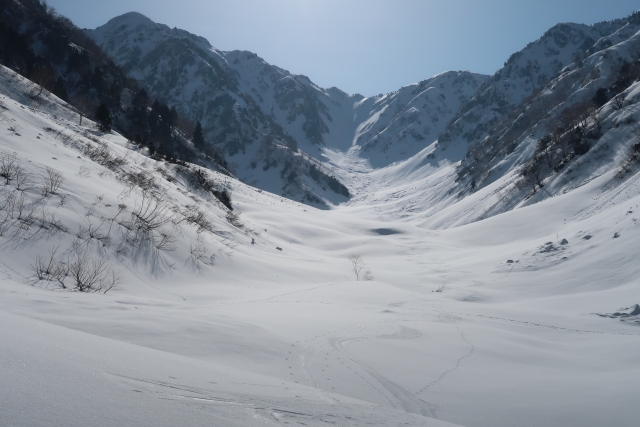
Therefore, first of all, remember the terrain that is likely to cause an avalanche, and the places that the avalanche will not reach even if it does occur. There are three places where an avalanche starts (starting area), where it flows down (runway), and where the avalanche stops (sedimentary area). Basically, it can be said that a slightly higher place is safer.
The most important thing to avoid the danger of an avalanche is to always know where you are and act according to the terrain.
Take routes when hiking up, rest points (places), regroup points after sliding away from the group and regrouping, etc. When you are in a group, always skate one by one. Choose a stop that is off the fall line. If an avalanche occurs at the top of the slope, try to stop where the avalanche will not reach where you are. Also, keep an eye on the skater while waiting. Even if you are caught in an avalanche, it will be easier to identify the burial point to some extent. Even when going through dangerous places on a hike, one person at a time is the principle. It's always important to create a situation where if you get caught in an avalanche, you'll be at most alone.
If you're not confident in judging the terrain, it's best to take a tour with a backcountry guide, or have someone fairly experienced help you out.
lost
Losing your way can lead to distress, so you definitely want to avoid it. Unlike Natsuyama, there are basically no landmarks on the route. You can go anywhere freely, but it can be difficult to descend the mountain if you don't know where you are. Keep the route in mind in advance, and act so that you don't lose sight of your current location with a map and compass or GPS during the action. It is important to always know the route, and if you feel even a little uneasy, return to a point where you can confidently determine your current position.
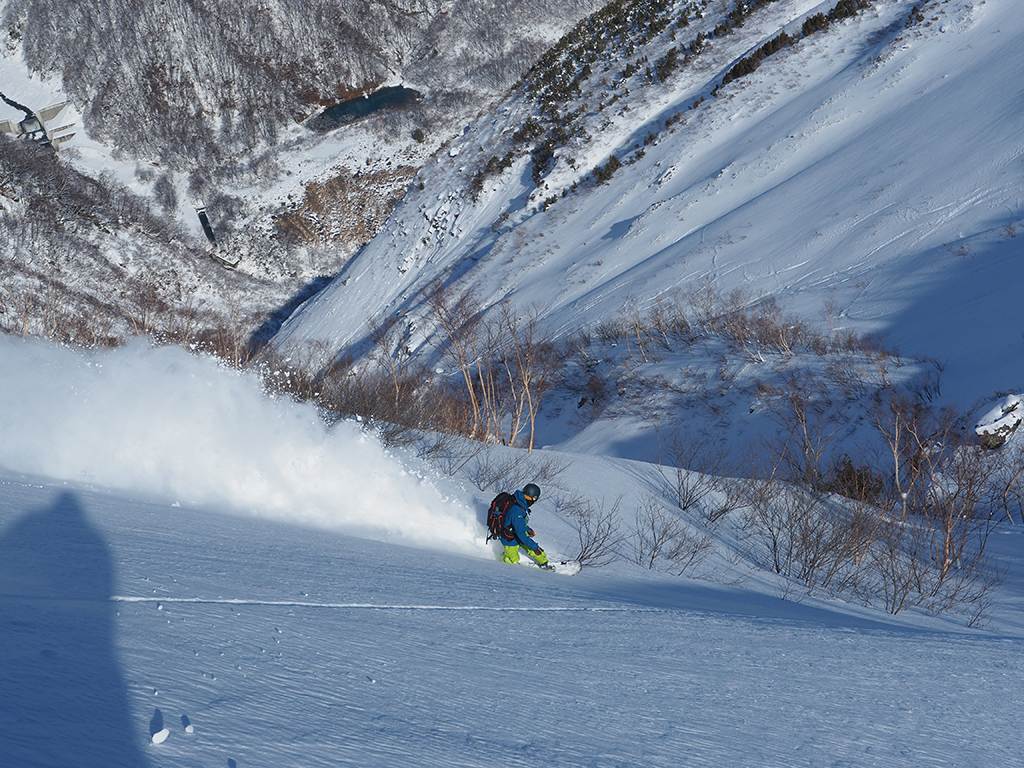
3.injury or illness
sliding down
There are two types of sliding.
(1) Falling from a cliff or other place with a height difference (
that looks like granulated spring snow causes you to slide down the slope. However, there are countless steps and cracks that are not even on the map. It's best to recognize the route before skiing and skiing, but there may be cases where it is not possible. On slopes such as gnoll terrain where you can't see ahead, enter at a speed that you can stop at any time so that you can stop before you slide down. In addition, stopping at a place where you can properly move from the stop point to a place where you can ski is a way to avoid it in advance.
②When it is necessary to slide down an icy slope where the edge does not work, the snowboard uses the toe edge and if you have an ice ax, use it well to go down the slope.
This is because the heel side has weak edging and increases the risk of slipping. The skis descend slowly sideways or downhill while adjusting the pressure on the inside edge of the outside ski and the outside edge of the inside ski.
Depending on the location, use kick turns to change your posture and slide down. Cases of slipping due to coarse snow often occur during hikes or during spring skiing when the snow is interrupted and the board is attached and detached on the slope. To avoid it, put on the crampons early and think about the position of the desorption of the board. If you have a wider field of view than when skiing on the slopes and enjoy it with a little restraint, it will be easier to avoid accidents in the event of an accident.
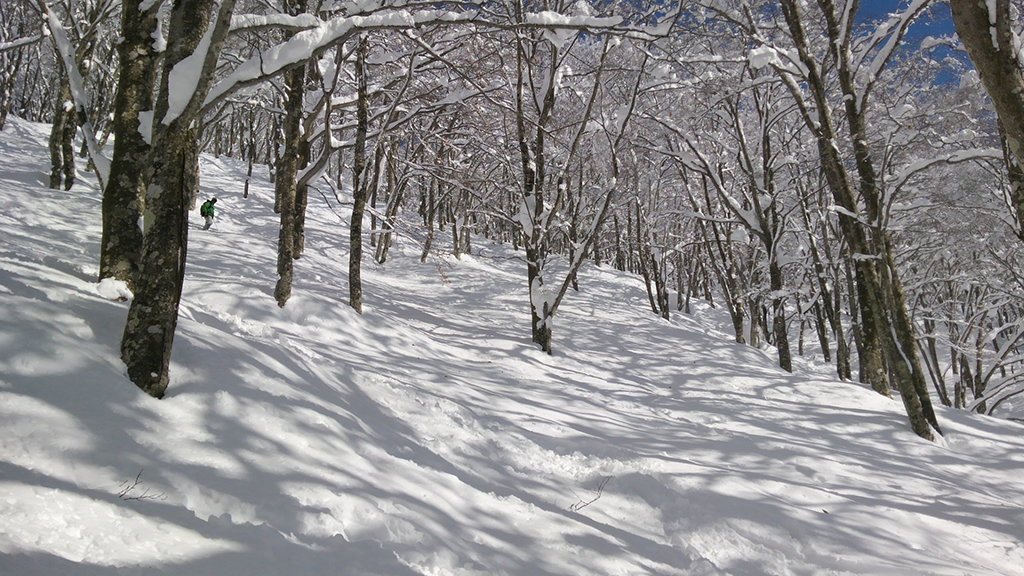
Injuries and broken bones due to falls or falls, collisions with trees or rocks
These are likely to occur when you fall while skating or hiking, or when you are caught in an avalanche.
Sometimes it can't respond to changes in snow quality and collide with trees and snow blocks. Wearing a helmet is mandatory in the backcountry. If you are injured and bleeding, stop the bleeding. Fractures, sprains, etc. depend on the situation, but the basics are to fix it with what you have. It is necessary to always carry a first aid kit and to acquire the minimum first aid skills. If you are injured to the point that you cannot move, or if there is a possibility that you have a fatal injury to your head or neck, do not force yourself to move. Mountain insurance is essential for such an emergency.
frostbite
Most of the places that get frostbite in the backcountry are cheeks, noses, fingertips, and toes, which are likely to have exposed skin.
Even if the body is a little cold during the hike, the exposed parts are exposed to the wind and snow.
Also, it is important to avoid exposing your skin, as you may get frostbite without knowing it. Avoid exposing your skin when it's cold or windy, move your fingertips all the time, and drink warm beverages to prevent it. If you get frostbite, it is important not to suddenly warm it as a first aid, but to warm it with lukewarm water or human skin, and not to interrupt the treatment halfway.
4.trouble with tools

Boards have fallen, are buried and can't be found
The loss of the board that is common in skiers.
In powder, it can slip even in the snow, so once you lose sight of it, it's hard to find it again. If you can't find it, you should plan your way down. In the case of snowboarding, if someone in your party has snowshoes, you can walk, but without snowshoes, it's difficult to move on your feet. It is necessary to build something like a simple snowshoe using the frame and poles of the excavator, or to harden the snow together so that you can walk even on your feet before descending the mountain. As a preventive measure, you should attach a leash cord, but leash cords also have a disadvantage if an avalanche occurs, so this is a subtle point. Also, increasing the release value of the binding is a preventive measure, but it also increases the risk of injury when falling.
My goggles are cloudy and unusable
It is common to feel inconvenient when the goggles fog up in the snowy mountains and you cannot see the slopes and routes.
The cause of fogging of goggles is the temperature difference between the temperature inside the goggles and the outside air. The air inside the goggles is warmed by your own body temperature, while the air outside is cold. Being deprived of visibility delays the discovery of unevenness on the slope, increasing the risk of falling. Depending on the situation, one of the tricks is to wear sunglasses and not goggles while hiking, and change to goggles at the end of the run.
It's a good idea to bring a spare lens for backcountry trips. Recently, there are magnet-type lenses that can be easily replaced, so it is convenient to replace them when they become cloudy. In addition, many high-end models have anti-fog processing applied to the lenses themselves, so they do not fog up much and are in good condition. In the worst case, you can ski slowly even with sunglasses, so don't go down the mountain with cloudy goggles.
Gloves get wet and get frostbite
When the skin gets wet, it loses more and more body heat. Bring a spare pair of gloves for the backcountry and change them as soon as they get wet. Basically, gloves should be made of genuine leather, which is extremely waterproof. To prevent frostbite, we recommend using genuine leather that does not get wet. Another advantage is that it is soft and adapts to your hands the more you use it, and if you take good care of it, it will last a very long time.
the binding is broken
If the binding is severely damaged in the mountains, you will be in trouble because you will not be able to ski.
For those who walk with seals, even minor damage can make walking difficult. To avoid this, first check the screws for looseness and deterioration over time. If something breaks in the mountains, there are many things you can do as a first aid, such as cable ties, duct tape, and wire, so bring those items with you. Take first-aid measures and take a safe route down the mountain without overdoing it.
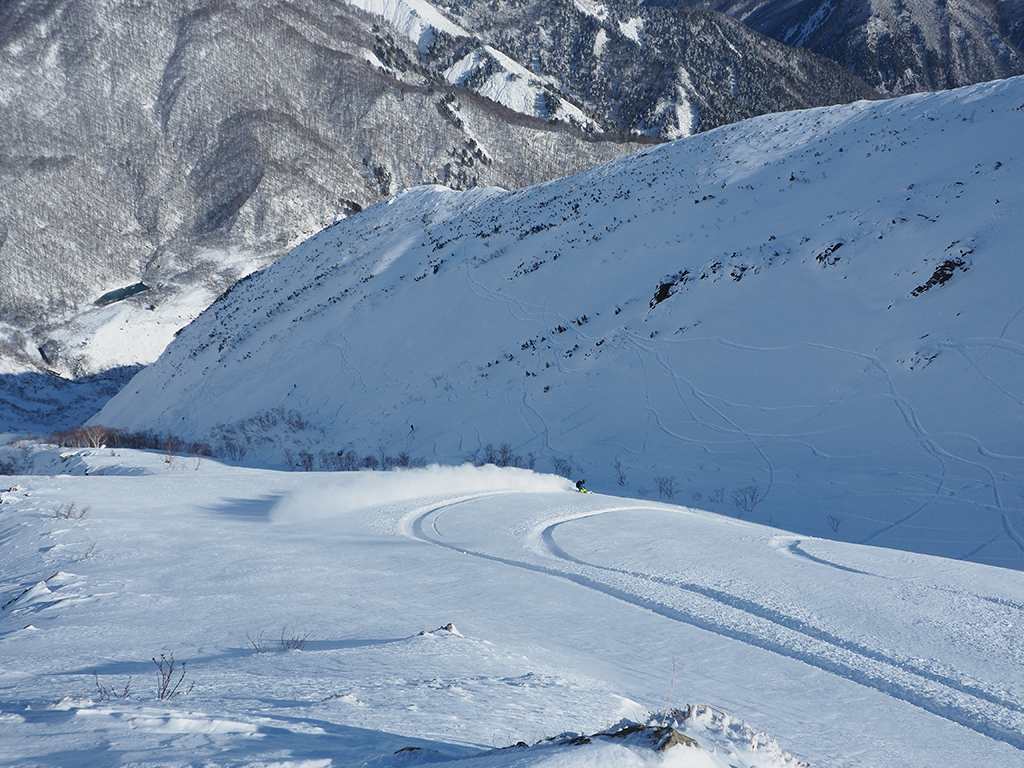
❖ The person who taught me
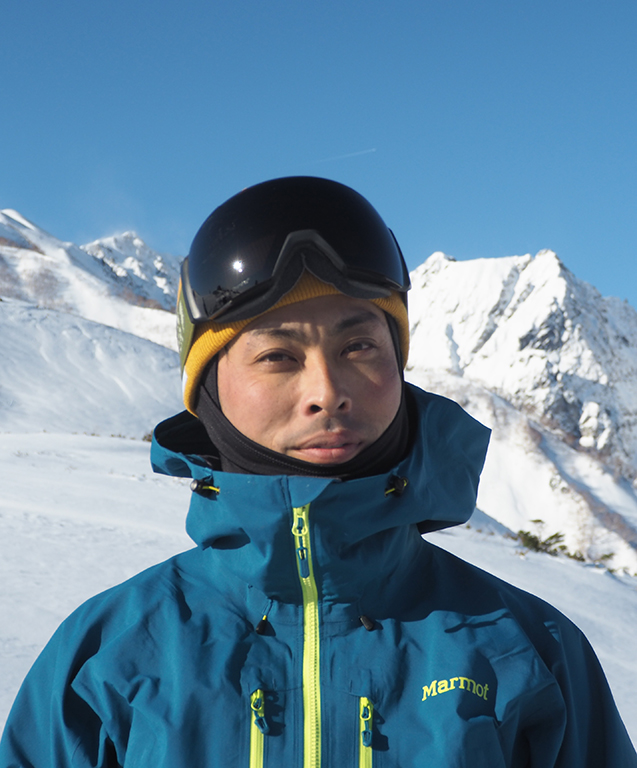
Bantei ~Bamboo tail~
Representative Chief Guide
Yuu Takeo
A professional snowboarder with 20 years of experience as a guide based in Hakuba.
His solid technique and accurate guidance have earned him the trust of many people. In addition to guiding, he also focuses on backcountry safety enlightenment activities, developing beacon checkers and consulting for resorts. 〈Qualifications〉
・ Japan Mountain Guides Association Certified Ski/Snowboard Guide・Stage Ⅱ
・Japan Mountain Guides Association Certified Mountaineering Guide・Stage Ⅱ
・Shinshu Mountaineering Guide
・WFA Wilderness First Aid
・Japanese Red Cross Society Emergency
❖ COLUMUN
Beacon checker developed by Yuu Takeo
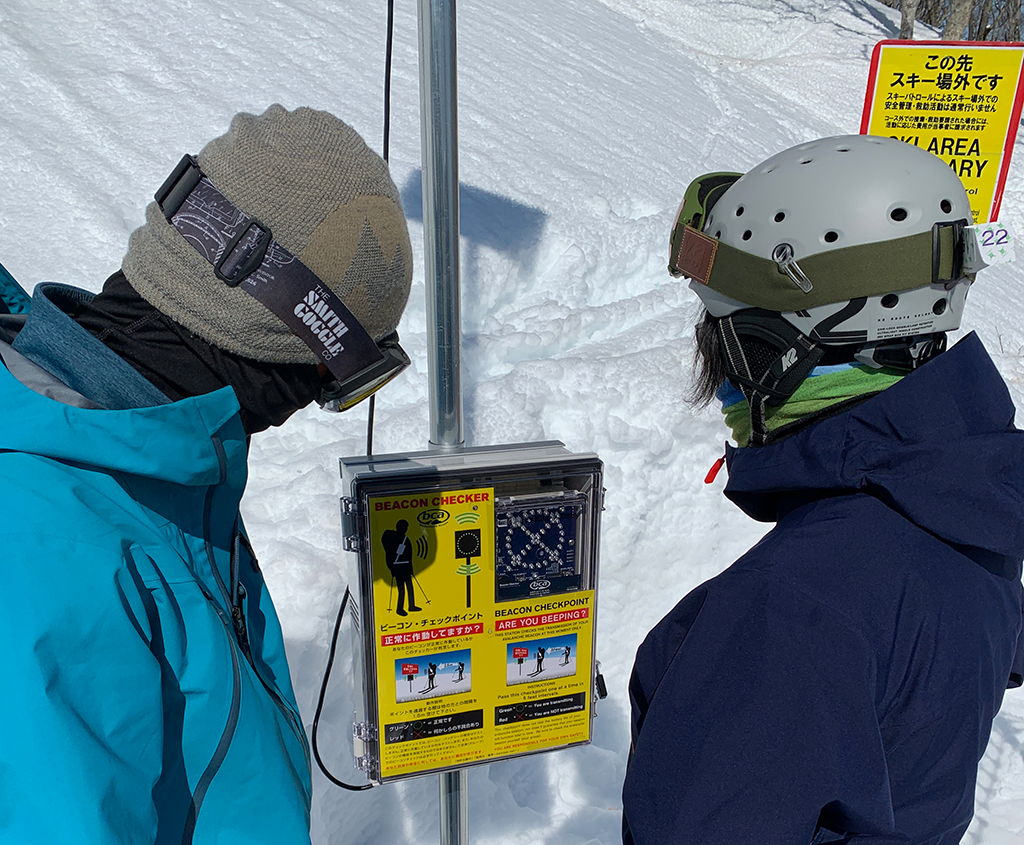
Avalanches are a big risk in the backcountry.
A beacon is a must-have item for avalanche rescue. When multiple people enter the mountain, it is customary to conduct a group check at the entrance to see if the beacon is working properly. Beacon checker prevents them from happening. Passing in front of this device, you can tell at a glance whether the beacon is on or remains off. It is a device that can be visually confirmed by automatically projecting 〇 and ✖ on the electronic bulletin board.

Originally, there was a beacon checker sold by bca, but the conventional beacon checker required a power supply in the mountains, and in many cases it was difficult to actually install it in an effective place. To solve this problem, a stand-alone solar-powered beacon checker was developed in collaboration with bca headquarters in the United States and K2 SKI, which handles the bca brand in Japan. Yuu Takeo, a backcountry guide, was in charge of this.
“We developed this because there was an avalanche caused by forgetting to turn on the power to the beacon, so it is also meant to prevent such accidents and to educate people who are unprotected when entering the mountain.From the 2020-21 season. We were able to operate it in the Hakuba area and the Myoko area, and we were able to operate it without any trouble throughout the season.We hope to gradually increase the installation area in the future.I hope the number of avalanche accidents will decrease even a little! I am calling on ski resorts to introduce it.”
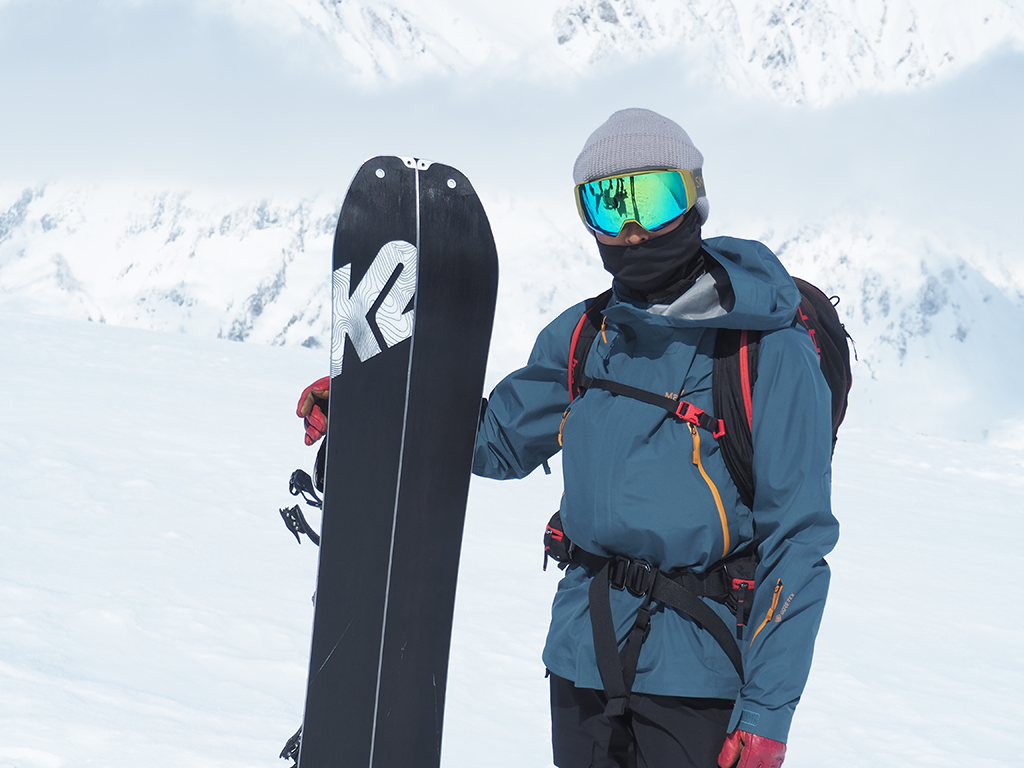
The risks in the backcountry are myriad, but the environment for safety is also being improved. Understand the risks of backcountry and enjoy the mountains with a strong sense of safety.

